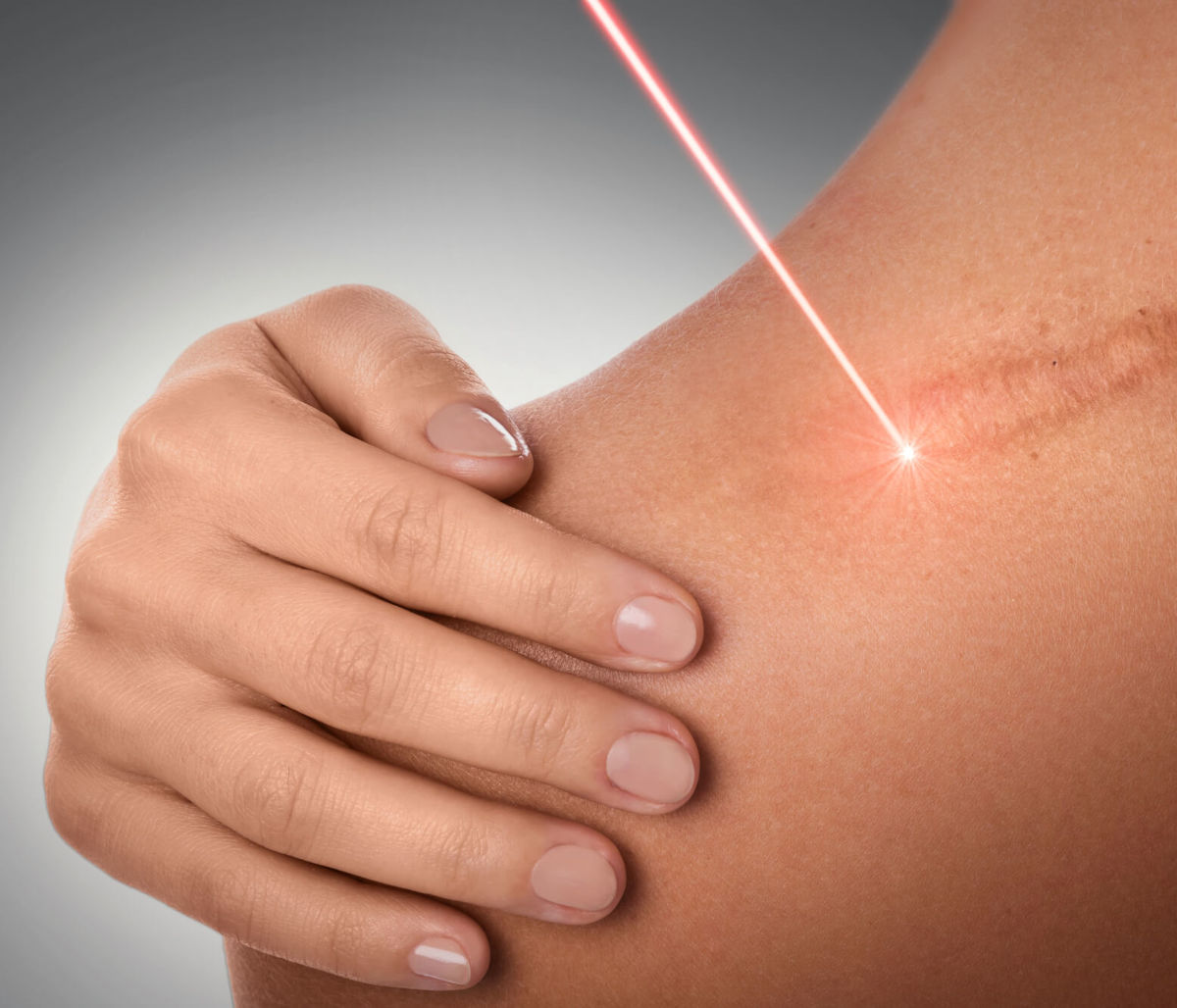You no longer have to be reminded of unpleasant memories – from accidents to surgeries to acne outbreaks – thanks to expert scar removal treatment in Queens NY at the Flushing office of Edmund Kwan, MD.
Discolored, raised, or depressed areas on your skin are reminders of often painful events, because they arise when your skin gets injured. The scar is your body’s way of healing. Your body responds to injury by making firm and flexible collagen fibers to fill in and reconnect wounded tissues. As your body heals, a scab forms, and sometimes, the scab falls off and your skin looks fine – like it did before the accident, outbreak, or other trauma. But, other times, what’s left behind is pink, brown, red, silver, or other discoloration and a bumpy or depressed surface that is visible.
Dr. Edmund Kwan: Understanding your scars and skin
As a Board-certified plastic surgeon, Dr. Kwan has extensive experience successfully treating scarring. As an Asian plastic surgeon, he’s experienced with a diverse range of patients. These characteristics are important, because some skin types are more prone to side effects from therapies than others; for instance, scar treatment on darker skin must be done very cautiously due to the risk of pigmentation-related complications following treatment. Scars that are darker than surrounding skin can be lightened with lasers; however, scars that are lighter than surrounding skin may be prone to hyperpigmentation or hypopigmentation that doesn’t blend in with the rest of the skin.
Likewise, Dr. Kwan knows that some types of patients are more likely to develop certain types of scars; for instance, keloids are raised scars that can be quite disfiguring because they tend to grow beyond the original injury site. As these scars grow, they can become itchy and painful. If located over a joint or covering a large area, keloids may affect your mobility.
There is such a thing as “keloid-prone” skin. The American Academy of Dermatology reports keloids are the most common skin condition among ethnic Chinese in Asia. Stateside, keloids are more likely to affect those of African or Hispanic/Latino descent. One of every three people with keloids also has a “first-degree” relative who gets them, such as a parent or sibling. Again, this family trait is more common among patients with African or Asian heritage.
Experience with all sorts of patients affects Dr. Kwan’s recommended treatment plan. His mix of knowledge and investments in the latest, proven techniques and technologies also means there are several options for treatment to suit the many different types of patients that walk through his door. For example, while lasers may not be advised for your skin type, Dr. Kwan may recommend safe surgical removal of excess scar tissue instead.
Other treatments may include:

- Corticosteroid injections precisely administered to the scarred area. They’re designed to shrink the scar. Usually, a series of injections are recommended at three- to four-week intervals. Injections can also help to relieve disruptive symptoms that may accompany your scar, such as itching and tenderness.
- Medical-grade silicone gel is applied to the scar to soften, flatten, fade, and heal it. Silicone works by breaking down the excess collagen that is responsible for raised scarring. It also helps to protect tissue from bacteria that can cause too much collagen to form in the scar tissue. Silicone gel is easy to use, and may be applied to sensitive, irregular skin. It’s safe for use on children, facial areas, and on “bendy” parts of the body (like scarring at the joints).
The best treatment for you will be based on several factors, including the type of scar that you have. Acne scars alone may be categorized as depressed boxcar, icepick, and rolling scars. Contracture scars may appear on burned skin, while hypertrophic scars look like raised red areas.
Many flat scars fade to the point where they are not noticeable, so a wait and see approach may be recommended. Proper wound care is the best way to prevent a scar from forming in the first place.
Regardless of the look, feel, and type of scar you want to remove, all scar treatments start with a consultation. Call (718) 673 2527 to schedule your appointment at the Flushing office of Edmund Kwan, MD.


